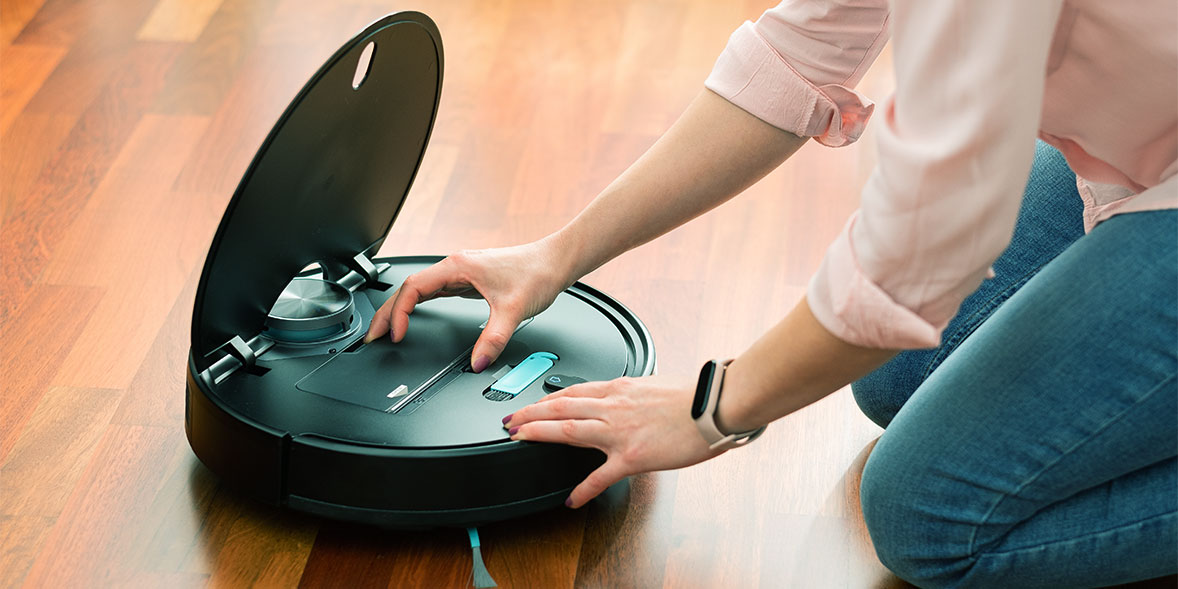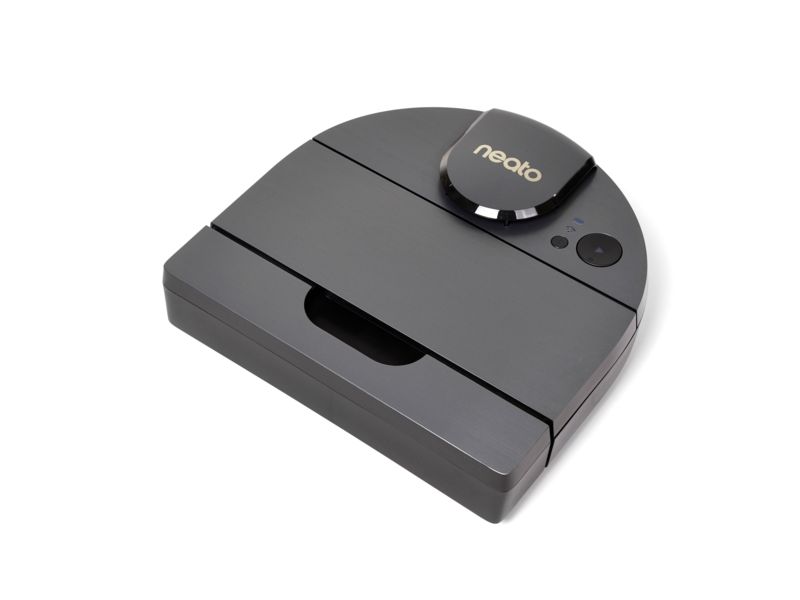How we test robot vacuum cleaners

With prices for a robot vacuum cleaner ranging from around £270 to over £1,000, it's not a product you want to be taking a speculative punt on. From the Dyson 360 Eye to the iRobot Roomba 698, we've tested the very latest models to find out if they are really worth their hefty price tag.
Through our exhaustive independent tests, we've discovered robot vacuum cleaners that will only suck up 4% of fine dust from your carpets, while a Best Buy robot vacuum cleaner can suck up over 10 times as much.
In general, robot vacuum cleaners are not as powerful as traditional vacuum cleaners, and our scores reflect this. A Best Buy robot vacuum is unlikely to clean your floors as well as a handheld vacuum.
Below we reveal just how far we go to find the best robot vacuum cleaners, including using our specially built robot vacuum cleaner testing room to test how good each robot is at avoiding common household obstacles.
Head to our robot vacuum cleaner reviews to find out which robots come out on top and which ones you shouldn't waste your money on.
How well will it clean dust and dirt from my floors?

You can't tell in a shop how well a robot vacuum cleaner will actually clean, which is where our tests come in.
We spread super fine Arizona sand over thick Wilton carpet, and spread chunky lentils over a hard floor to test how effectively each robot can pick up mess from different surfaces.
We also comb pet hair into thick carpet and challenge each robot to suck it up.
Even the best robot vacuum cleaners can't clean as thoroughly as a standard vacuum cleaner. For example our best robot vacuum sucks up about 50% of the dust that we embed into carpets, whereas the best standard vacuum cleaners we've tested can suck up around 90%. But a good robot will keep your home cleaner so you have to get your main vacuum out less often.
How much of the floor will it cover?

To make sure you don't get left with uncleaned patches of floor, or a helplessly stranded robot, we built a specially designed room complete with tables, chairs, lamps, rugs and low hanging curtains to see how well each robot gets on navigating around a typical room.
We have cameras in the room and sensors in three places on each robot so that we can see exactly what spots the robot covers and the areas it fails to reach. The best robot vacuum cleaners covers at least 90% of surfaces it's told to, with some of the worst covering as low as 65%.
Some cover the floor systematically and quickly, whereas others randomly bounce around the room and take much longer. The quickest cleaners takes around 25 minutes to clean our room, whereas the worst takes hours.
Can robot vacuums navigate obstacles?

As part of our testing we not only find out exactly how high a ridge each robot vacuum can climb over - so you know if your door thresholds will prove a climb too far - we also put a wide array of everyday obstacles in the path of each robot and see how they handle it.
Our robot test room has a tangle of wires, tables and chairs, a domed floor lamp and fold out chairs in it to try and trip up each robot cleaner. The best can navigate all of these obstacles with no trouble and return to their charging base when done. The worst trip up on an obstacle each and every time and need constant human intervention to get back to their base for recharging.
How easy is the robot to use?

We rate how easy the robot is to get started out of the box, how easy it is to programme and schedule and also how easy or difficult it is to do regular maintenance on your robot, such as emptying the dust container and cleaning any filters.
Some robot vacuums come with a remote control so that you can turn it on and even schedule it without moving from the sofa. But more and more have an app that lets you control the robot through your smartphone or tablet. These apps will often show you exactly where the robot has been while it is cleaning and are a great tool for checking up on your cleaning even when you aren't at home.
Should I buy it?
All of the tests described above feed into the total test score for each robot cleaner. Certain assessments, such as cleaning ability, are more important than others and so carry more weight. Our overall ratings for robot vacuums ignore price and are based on:
- Cleaning - 45%
- Navigation and obstacle avoidance - 25%
- Ease of use - 20%
- Noise - 5%
- Energy consumption - 5%
A robot vacuum cleaner needs to score 70% in our tests to earn our Best Buy recommendation. Robot vacuum cleaners that score 45% or less are named as Don't Buys because we believe they are too poor at their main job to be worth buying.


